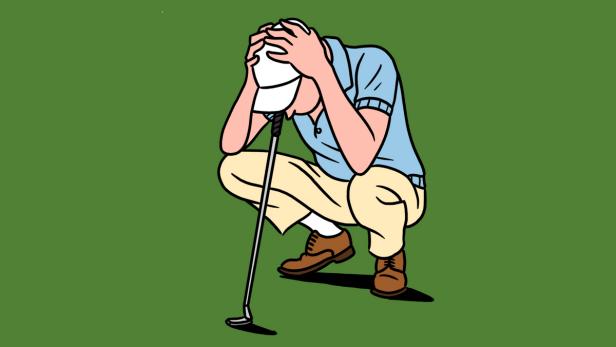Golf Digest Logo
Injuries and pain are common occurrences in the world of sports, especially in high-impact activities like golf. It is important for athletes to understand the difference between being injured and being in pain, as well as knowing when to seek professional help for their condition. In this article, we will explore the distinction between being injured and being in pain, and provide expert insight on how to address these issues in the context of golf.
Being injured in the context of sports like golf typically refers to a physical condition that involves damage or harm to a specific part of the body. This can include sprains, strains, fractures, or other types of trauma that require medical attention. Injuries can result from overuse, poor technique, or accidents on the golf course. It is important for athletes to recognize when they are injured and seek appropriate treatment to prevent further damage and facilitate recovery.
On the other hand, experiencing pain in the context of golf may not necessarily indicate a serious injury. Pain can be a natural response to physical exertion and can occur due to muscle soreness, fatigue, or other factors that do not involve structural damage to the body. However, persistent or severe pain should not be ignored, as it may be a sign of an underlying injury that requires attention from a medical professional.
One way to distinguish between being injured and being in pain is to assess the severity and duration of the symptoms. Injuries are typically associated with sharp, intense pain that limits movement and functionality, whereas pain from overuse or muscle strain may be more dull or achy in nature. Additionally, injuries tend to worsen over time if left untreated, whereas pain from exertion or fatigue may improve with rest and self-care.
In the context of golf, it is important for athletes to listen to their bodies and not push through pain or discomfort in an effort to improve their performance. Ignoring pain can lead to further injury and may prolong the recovery process. Instead, athletes should take a proactive approach to managing their physical health and seek guidance from a healthcare professional if they are experiencing persistent or severe symptoms.
Consulting with a sports medicine specialist or physical therapist can help athletes identify the underlying cause of their pain and develop a personalized treatment plan to address their specific needs. This may include physical therapy, rest, activity modification, or other interventions to promote healing and prevent re-injury. Engaging in a comprehensive rehabilitation program can help athletes return to the golf course safely and effectively.
In conclusion, the distinction between being injured and being in pain is crucial for athletes in the world of golf to understand. By recognizing the symptoms and seeking appropriate treatment, athletes can protect their physical health and well-being while continuing to pursue their passion for the sport. Prioritizing injury prevention, early intervention, and proper rehabilitation can help athletes maintain their performance and longevity on the golf course. Remember, when in doubt, always consult with a healthcare professional for guidance on managing injuries and pain effectively.


